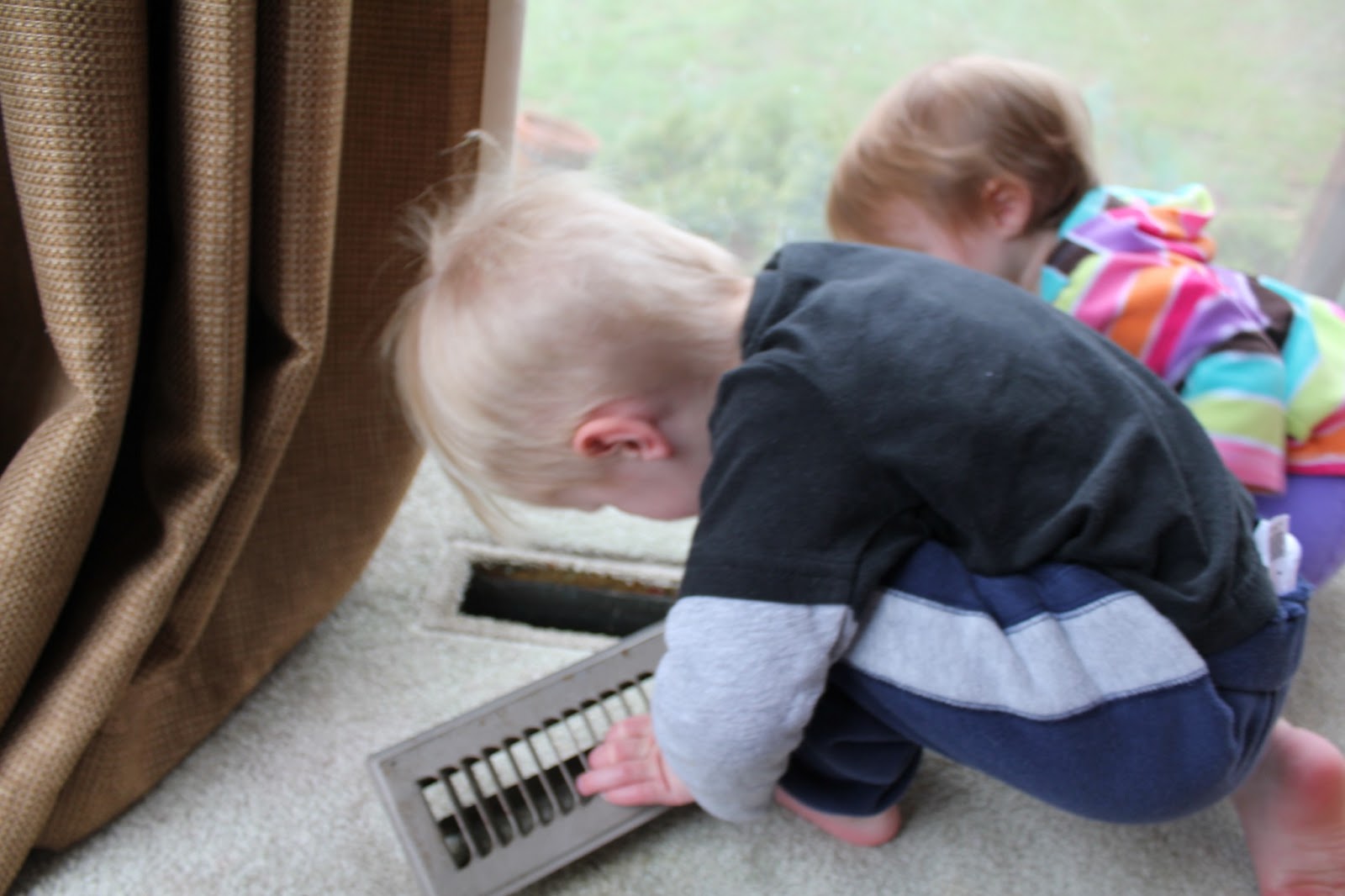Many folks do not welcome these magnificent creatures into their homes, however they really aren't that big of a nuisance. They don't sting or bite, they rarely eat house plants or items from your pantry (as you will see later in the post), and are just interested in finding a warm place to stay during the winter. They will leave as quickly as they can, once the spring comes.
Since we have been cooped up in the house, I told the kids we were going on a safari - a perfect activity for a cold, rainy spring day. It is also great practice for the days of collecting insects that will come in about a month. Children are natural observers and make great insect collectors. Since boxelder bugs generally enter homes through old window casings, holes from cable cords/pipes entering the home, cracks in siding/foundation, we focused our safari on the south side of our house where it is warmer, near a couple of older windows. My enthusiastic junior entomologist left no nook or cranny overlooked, and decided to remove the floor vent, too.
Once the kids each caught a boxelder bug, I asked them if they thought the bugs were hungry. My two-year old was excited and suggested we feed them breakfast. I asked him what he thought the bugs would like to eat. He suggested chocolate and grapes. I created a plate with several options on it; pictured from the left is spinach, an M&M, two goldfish crackers, a piece of onion and half of a grape. And then we waited and observed.
Depending upon your child's age, the waiting might lasted longer than what my two-year old was able stand. As you can see in the next picture the boxelder bug wasn't really given a lot of time to investigate the M&M before my son grabbed it...doesn't look like he'd pass the marshmallow test!
As I mentioned before, boxelder bugs aren't pests of the kitchen. They usually go into an overwintering period, which is similar to hibernating mammals. Overwintering insects slow down their metabolisms; during this time they don't need to eat. At most, they would probably appreciate a tiny drink of water. Just use the lid from yogurt cup or Tupperware container and add a few drops of water. Watch with your kids to see how he uses his proboscis (nose/mouth part) as a straw to drink the water. We gave our little specimen a drink before we sent him on his way.





No comments:
Post a Comment